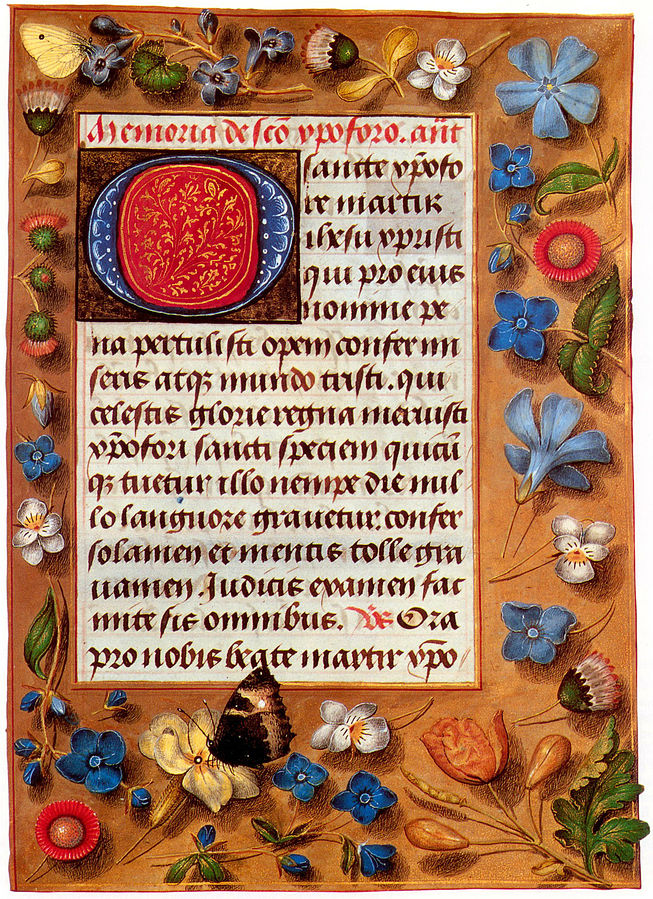Now that the weather has cooled a little and rain has revived the garden, it is time to start thinking of planning and planting the garden once more. Inspired by a recent wonderful Coastal Wildscapes symposium on planting native species to restore biodiversity in one's surroundings and gardens, I have been doing a lot of "mental placement" of perennials and shrubs that I purchased.
My garden has been an extension of my art and a source of my art ever since I created the garden over 25 years ago. After we built our house and learned about the aspects of living on ancient sand dunes in a sub-tropical climate, I planned out - on graph paper no less! - what plants to put where. I tried to combine the principles of garden composition and visual pleasures with the practical aspects of a huge amount of shade, sandy soil and a number of old shrubs that had been planted on the site when it was an oyster cannery. Oh - and speaking of which, I learned that planting in soil that is probably 90% oyster shells can be challenging!
Needless to say, over the years, the garden has evolved and matured, with the plants very much choosing where and how they wish to grow. For the most part, I have let nature dictate, for the results have in some ways been more harmonious than if I had adhered more to the carefully manicured look of my British gardening heritage. As a source of art, I tend to concentrate on single flowers or plants, rather than landscapes of the garden itself. Watercolours - I find - are not the easiest medium by which to convey masses of foliage and flowers. Drawings are more interesting to do.
Perhaps the most important element of the garden for my art is the actual peaceful environment it affords - a backdrop to my daily life and thus to my art-making. The constant visual stimulation and interest combine with my emotional attachment to this garden I created single-handedly. It is also the foreground frame to the marshes and saltwater creeks beyond. Together, these spaces offer tranquillity and the orderliness (most of the time!) of nature, the antidote to our ever-increasingly urbanised society.
Artists have long had deep attachments to gardens. Think of the wonderful details of flowers and animals on the frescoes in Egyptian tombs. Remember the jewel-like flowers and insects adorning monastic manuscripts from the 8th century onwards, like this 1470s Hastings Book of Hours. Artists over the centuries have travelled from medieval depictions of gardens as paradise to careful scientific examinations in modern times. Rubens was well aware of gardens as erotic playgrounds.
470s Hastings Book of Hours
But it was the 19th century artists who not only drew on gardens for inspiration in their art, but also themselves created their own very artistic gardens. Monet (whose 1900 painting The Garden in Flower is illustrated) is the most famous of these gardeners, with Giverny. (He had earlier been inspired and delighted when he visited glowing Mediterranean gardens, especially at Bordigher.)
The Garden in Flower, Giverny, 1900, oil on canvas, Claude Monet
Cézanne also painted and tended his Southern French garden, while Van Gogn celebrated gardens and what grew in them from his days in Holland onwards. Many of his drawings in the south of France, particularly those done during his period at St Rémy, are quite remarkable. So too are his paintings, such as this one, done in 1889,
Irises, Vincent van Gogh, 1889, oil on canvas, (Image courtesy of the Getty Center)
Almond Blossom, Vincent van Gogh, 1890, oil on canvas.(Image courtesy of the Van Gogh Museum)
As the resurgence of plein air art continues, many of the artists are also celebrating gardens in their art. It is important, for as the world continues to lose natural habitats at an ever-increasing rate, we artists can play an important role in showing how beautiful, intricate and serene-making gardens and nature can be.



